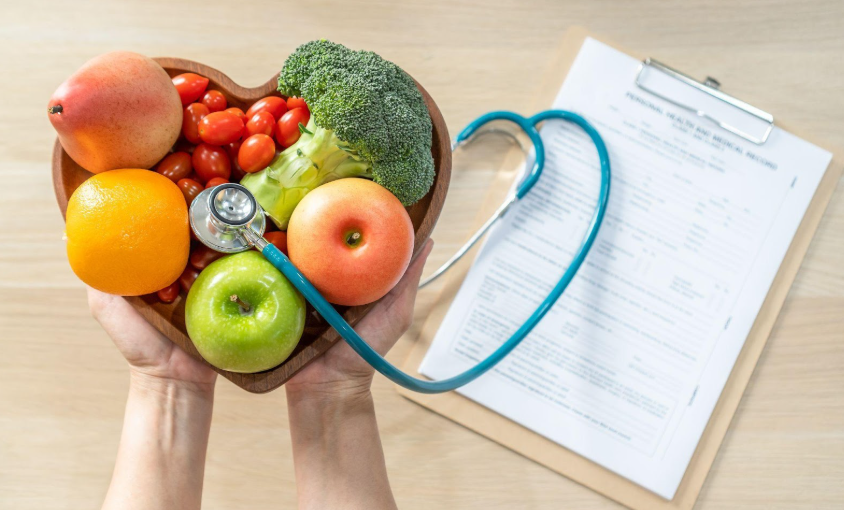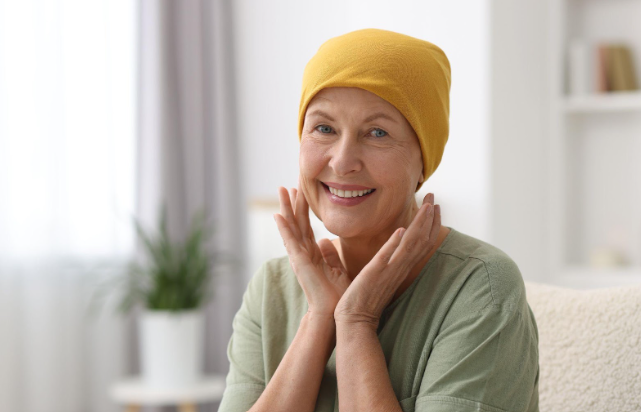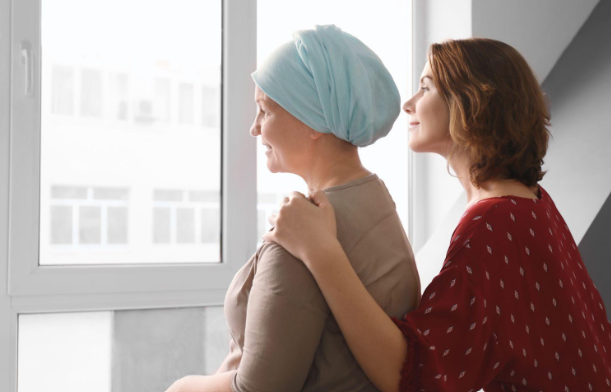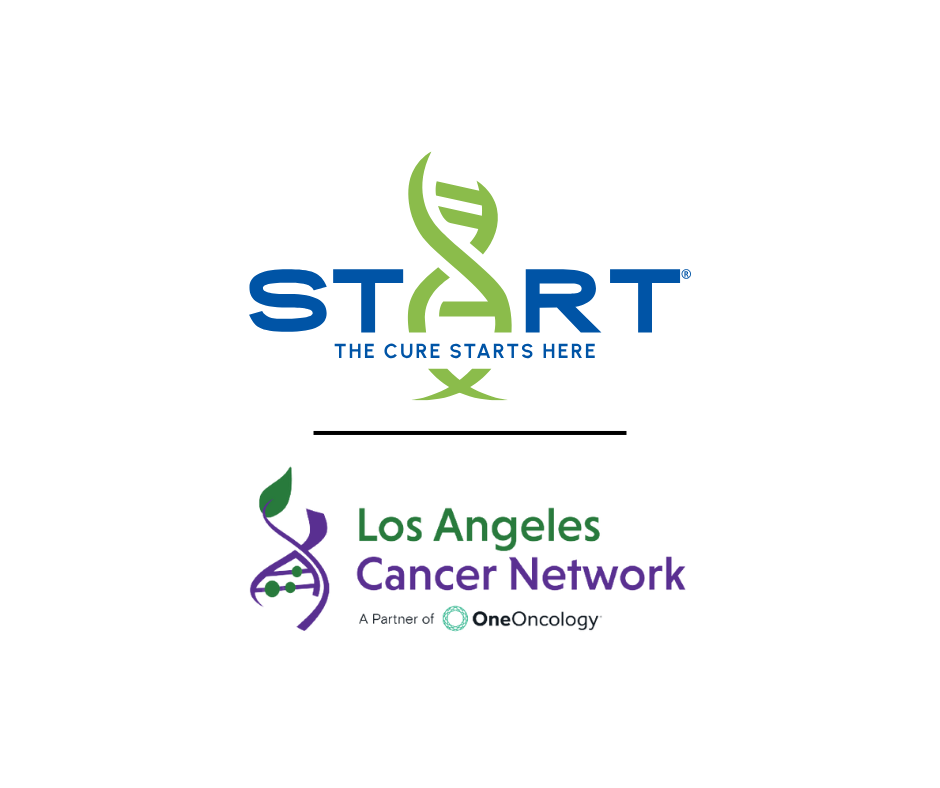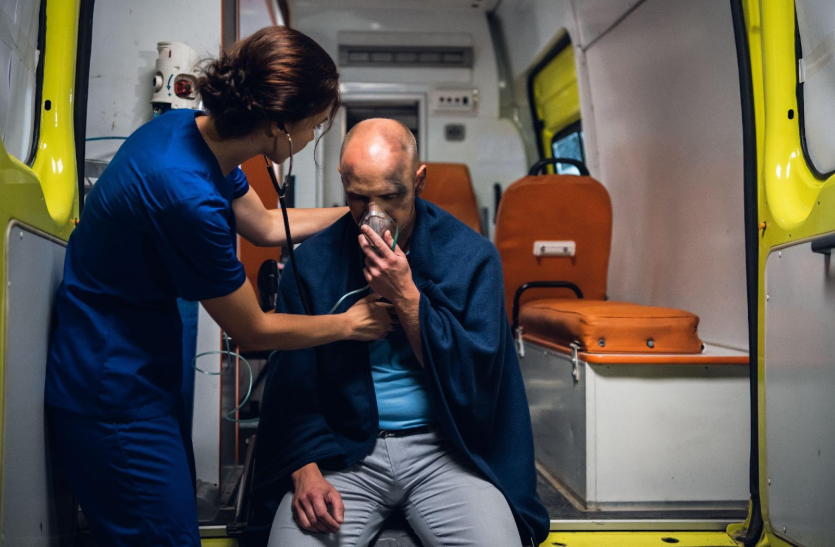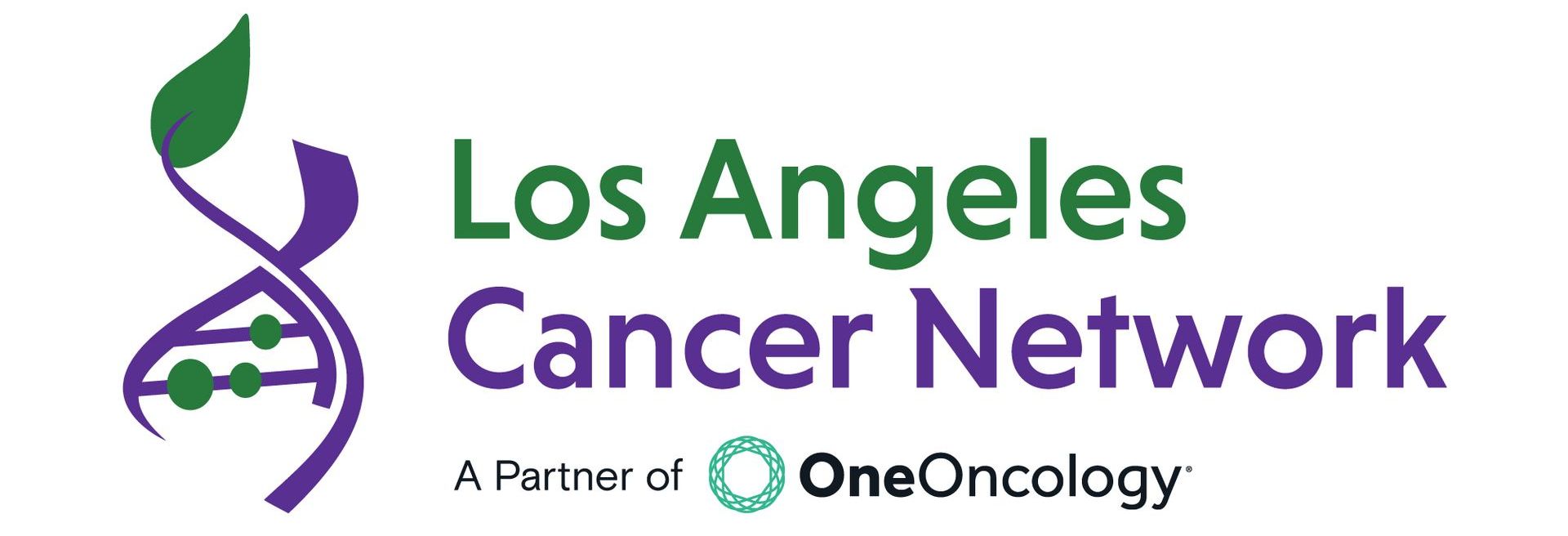A Guide to Reducing Cancer Risks This National Cancer Prevention Month
A Guide to Reducing Cancer Risks This National Cancer Prevention Month
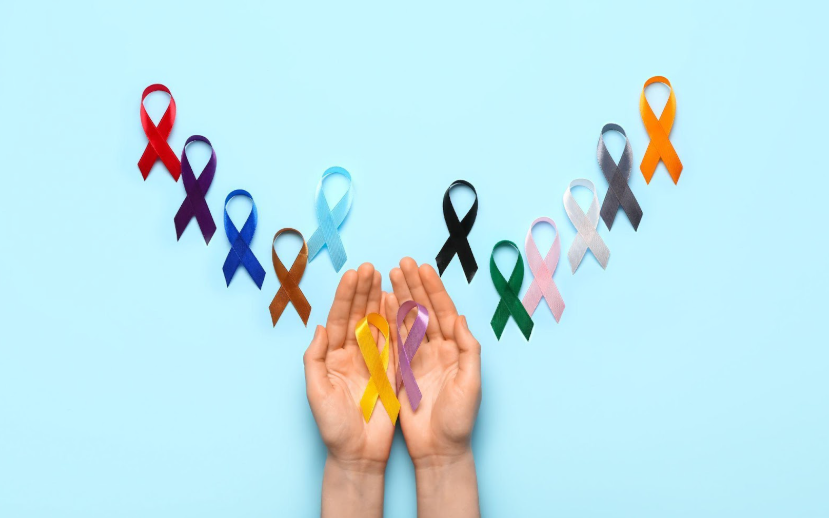
Cancer is one of the most complicated diseases. But with advancements in prevention, detection, and treatment, the odds of reducing its impact have significantly improved. This National Cancer Prevention Month, it’s time to focus on actionable steps to lower your cancer risks by understanding its types, symptoms, and the importance of timely intervention.
Here’s a comprehensive guide to help you make informed decisions for yourself and your loved ones.
What Cancer Does to Your Body
Cancer occurs when abnormal cells grow uncontrollably, invading healthy tissue and disrupting essential bodily functions. It can form tumors, spread to other parts of the body (metastasis), and weaken the immune system, leaving the body vulnerable to further illnesses. However, the impact of it varies depending on its type and stage.
Types of Cancer and What You Should Know About Them
Cancer is not a single disease but a collective term for over 100 types, each affecting different parts of the body. These are some of the most prevalent cancer types:
Lung Cancer
Lung cancer is often linked to smoking, secondhand smoke, or exposure to harmful substances like asbestos and radon gas. However, even nonsmokers can develop lung cancer due to genetic factors or long-term exposure to air pollution. Some of the symptoms you should watch out for involve:
- Persistent coughing that worsens over time (sometimes producing blood).
- Shortness of breath or wheezing.
- Chest pain, especially when you are breathing deeply or coughing.
- Unexplained fatigue or weight loss.
- Hoarseness or voice changes.
Low-dose CT (LDCT) scans are recommended for high-risk individuals, such as those with a history of heavy smoking or long-term exposure to hazardous materials. Quitting smoking and avoiding carcinogens are the most effective preventive measures.
Breast Cancer
This type of cancer affects millions of people worldwide, with women being the primary demographic, although men are also susceptible. The likelihood increases with age, genetic predisposition (such as BRCA1/BRCA2 mutations), and hormonal factors. Symptoms include the following:
- A lump or abnormal thickening in the breast or underarm area.
- Breast size, shape, or appearance can change.
- Dimpling or puckering of the skin, which often resembles the texture of orange peel.
- Nipple discharge, especially if it's unusual or bloody.
- Redness, swelling, or scaling of the nipple or surrounding skin.
Regular self-exams, clinical breast exams, and routine mammograms are essential tools for early detection of
breast cancer. Modern advancements, such as 3D mammography, provide you with clearer imaging and help identify abnormalities at an earlier stage. Also, the treatments have evolved, with options ranging from surgery to targeted therapies that minimize side effects and improve outcomes.
Colorectal Cancer
Colorectal cancer affects the colon and rectum and often begins as noncancerous polyps that gradually develop into malignancies. Its risk factors include people over 50, those who suffer from inflammatory bowel disease, and diets high in processed or red meats. When detected early, it is one of the most easily preventable cancers. You can prevent them early when you find symptoms such as:
- Consistent changes in bowel habits, such as diarrhea, constipation, or small stools.
- Blood in the stool that’s either dark or bright red.
- Persistent abdominal discomfort, bloating, or cramping.
- Unexplained fatigue and significant weight loss.
Also, your physician may also recommend screening tests like colonoscopies, which can detect and remove polyps before they become cancerous. Newer at-home stool DNA tests, such as Cologuard, offer non-invasive options for those hesitant about traditional procedures. Making lifestyle changes, including a high-fiber diet, regular exercise, and reduced alcohol consumption, can lower your risk factors greatly.
Skin Cancer
Skin cancer encompasses melanoma, basal cell carcinoma (BCC), and squamous cell carcinoma (SCC). It is frequently brought on by prolonged exposure to ultraviolet (UV) radiation from tanning beds or the sun. Symptoms include:
- New growths or sores that are not healing.
- Changes in existing moles, particularly in shape, size, or color.
- Asymmetrical moles with irregular borders.
- Lesions that bleed, itch, or crust over.
- Dark streaks under fingernails or toenails (a potential sign of melanoma).
While BCC and SCC are usually treatable when caught early, melanoma is more aggressive and can spread to other parts of the body. Practicing sun safety, such as wearing broad-spectrum sunscreen, protective clothing, and avoiding peak sun hours, is important. Annual skin checks by a dermatologist help you catch suspicious changes early, and dermoscopy technology has improved the accuracy of mole evaluation.
Prostate Cancer
Usually affecting men over 50, prostate cancer is the second most common type of cancer in men. While it often progresses slowly and may not show symptoms in its early stages, advanced prostate cancer can significantly impact your quality of life. You should approach your physicians immediately once you find these symptoms:
- Difficulty starting or stopping urination.
- Weak or interrupted urine flow.
- Blood in the urine or semen.
- Persistent discomfort or pain in the pelvis, lower back, or thighs.
- Erectile dysfunction.
Prostate cancer screening includes a blood test for prostate-specific antigen (PSA) and a digital rectal exam (DRE). Minimally invasive robotic-assisted surgeries, radiation therapy, and
immunotherapy have improved treatment outcomes while reducing recovery times. Maintaining a healthy weight and diet rich in fruits, vegetables, and whole grains may help you reduce your susceptibility to prostate cancer.
What You Can Do to Reduce Cancer Risks
Reducing cancer risks goes beyond the standard advice. While lifestyle changes like avoiding smoking and maintaining a healthy diet are a great place to start, here are advanced and proactive steps you can take to protect yourself:
Understand Your Family History
Some cancers run in families due to inherited gene mutations. If cancer is common in your family, you may want to talk to your doctor about genetic testing. This can help you understand if you’re at a higher risk.
Focus on Getting Enough Good-Quality Sleep
Try to stick to a regular sleep schedule, make your bedroom a comfortable, quiet space, and avoid using screens right before bed. Getting proper rest can help lower inflammation in your body, which is a risk factor for cancer.
Detoxify Your Body
Proper hydration helps flush out toxins, and staying hydrated supports your liver, which filters waste from your body. You can also help detox your body by eating foods rich in antioxidants, like berries, leafy greens, and green tea.
Need expert advice? At
LA Cancer Network, we can offer you personalized care with our board-certified expert team. Call our team at
(323) 900-0171 or
request an appointment for extensive screening for cancer today!
